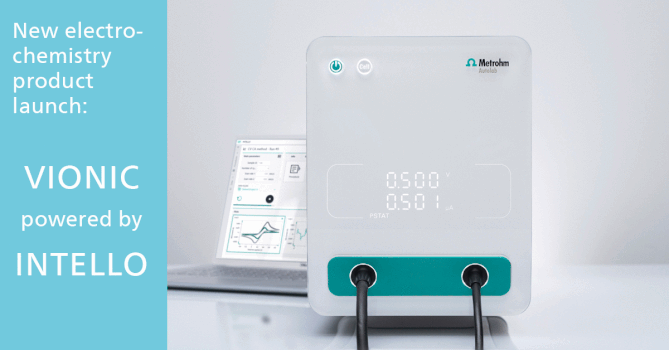Removal of Chloro Derivatives of Ethene from Ground Water with Granulated-Iron Reaction Barriers
Abstract
Reduction of chlorinated ethenes with iron metal was studied in pilot-plant tests. The test showed a sufficient ability of the iron material to reduce a mixture of tetrachloroethene and trichloroethene. The reactions were well approximated by the first-order kinetics. The rate constants per surface area were 0.22 ± 0.11 and 0.44 ± 0.09 mL m−2 L−1, respectively. Significant changes of Ca, total Fe, HCO3−, and NO3− concentrations were found in the reaction zone. Speciation calculations indicated aragonite and siderite as possible precipitating minerals. The change in HCO3− concentration in the reaction zone was gradual and could be approximated by zeroth-order reaction kinetics with the rate constant value 0.096 mol L−1 h−1. The surface precipitate may influence the operating life of a permeable reactive barrier as a consequence of permeability decrease and coating of iron.Downloads
Published
2007-03-15
How to Cite
Jiříček, M., Šráček, O., & Janda, V. (2007). Removal of Chloro Derivatives of Ethene from Ground Water with Granulated-Iron Reaction Barriers. Chemické Listy, 101(2). Retrieved from http://ww.w.chemicke-listy.cz/ojs3/index.php/chemicke-listy/article/view/1831
Issue
Section
Articles




